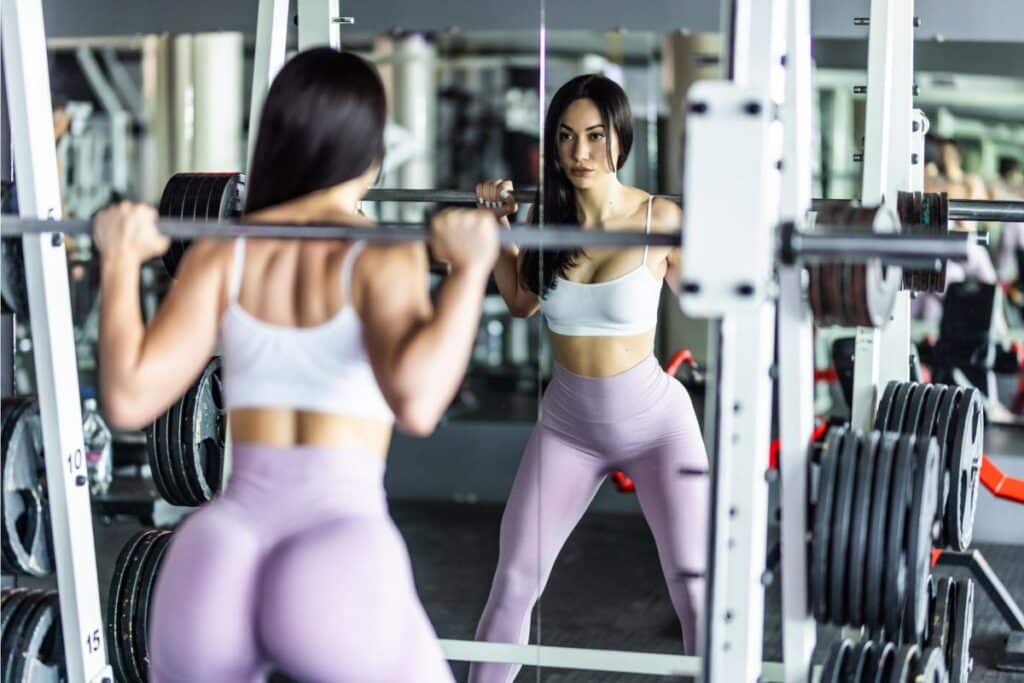Squats are a powerhouse exercise for everyone, yet misconceptions persist, particularly regarding women and squatting. This article aims to debunk common myths and illuminate the undeniable benefits squats offer for women interested in building muscle and enhancing overall fitness.
Debunking Common Myths
Myth 1: Squats Make Women Bulky
The fear of becoming “too bulky” often deters women from squatting heavy or frequently. However, women typically have lower levels of testosterone, the hormone most responsible for muscle hypertrophy, meaning that developing significant bulk is unlikely without an extremely dedicated and specific training regimen.
Myth 2: Squats are Bad for the Knees
There’s a pervasive myth that squats are inherently bad for the knees. In reality, when performed with proper form, squats strengthen the muscles, tendons, and ligaments surrounding the knees, enhancing joint stability and health.
Myth 3: Squats are Not Suitable for Older Women
Regardless of age, squats (when done correctly and within individual capability) can strengthen the legs and core, improve balance, and maintain bone density, all of which are crucial for overall health and longevity.
Highlighting the Benefits
Benefit 1: Enhanced Lower Body Strength
Squats comprehensively work the lower body muscles, including the quadriceps, hamstrings, and glutes. For women, who may naturally have a lower center of gravity and stronger lower bodies, squats can be especially beneficial for developing functional strength.
Benefit 2: Improved Core Stability
Squats engage the core muscles, which include the abdominals, back, and pelvic floor. This engagement is vital for posture, balance, and overall athletic performance.
Benefit 3: Increased Metabolic Rate
Muscle is metabolically active tissue, so by increasing lean muscle mass through exercises like squats, women can boost their metabolism, which in turn can aid in body fat management.
Benefit 4: Bone Health
Weight-bearing exercises like squats are essential for bone health. They can help in preventing osteoporosis, a condition that disproportionately affects women.
Benefit 5: Functional Movement
Squats are a functional exercise, mimicking movements performed in daily life, such as sitting and standing. This functionality makes them invaluable for maintaining independence and quality of life.
Incorporating Squats into a Routine
Start with Bodyweight
Beginners should start with bodyweight squats to master form before adding resistance.
Progress Gradually
Add weight slowly and focus on technique, especially when starting a squatting routine.
Include Variations
Incorporate different squat variations, such as sumo squats or split squats, to target various muscles and prevent boredom.
Listen to Your Body
Tailor squatting frequency and intensity to your individual fitness level and goals.
Conclusion
Squats are a vital exercise for women aiming to build muscle, increase strength, and improve overall health. By debunking myths that surround women and squatting, we can embrace this exercise’s many benefits. Whether you’re looking to enhance your physique, improve your athletic performance, or maintain functional mobility, squats are a versatile and effective tool that belongs in every woman’s fitness arsenal.




